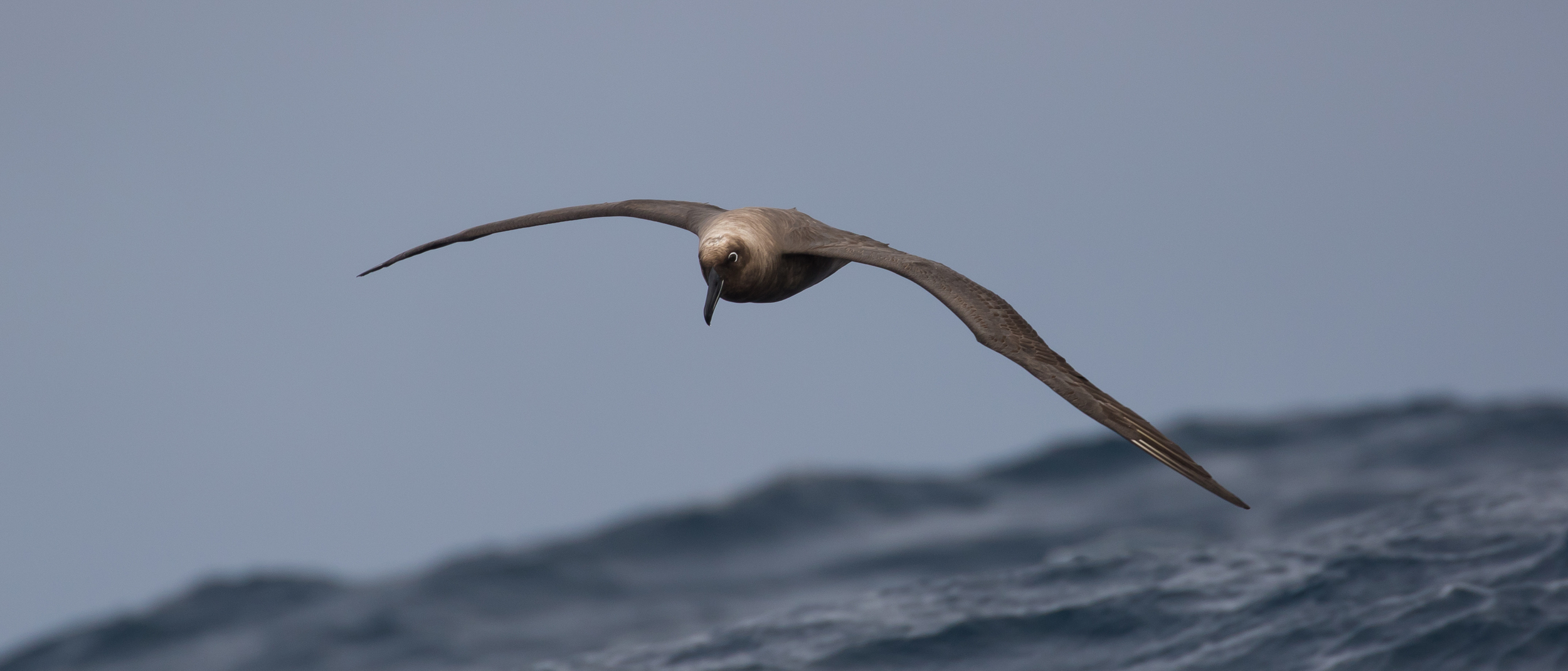
You wait forever for a blog post, then two come along at once, right?
To get to the continental shelf from Adelaide actually involves a 5 hour drive south, and a 1.5 hour boat trip, so it uses a whole weekend. I love pelagic birding, and — touch wood — so far seem to be immune to the worst the bumpy seas can throw at me (with some help from Kwells which I dare not not use). But because of the time commitment I have done only one or two trips a year since moving to Adelaide, even though the hardcore birders (and organisers) run nine or ten each year; this was my 5th trip, but first in April (two each in Feb and May previously).
Our recent travels to Sydney made me wary of yet another long drive solo, and so I was relieved and very grateful when Merilyn Browne, Birds SA committee member, offered me a lift down. Merilyn is a veteran of numerous overseas trips, including several long pelagic trips to places like Heard Island and MacQuarie Island. Hearing tales of these trips and others kept me entertained the whole journey.
We broke our trip down to Port Mac up by stopping at a few places in The Coorong such as Parnka Point (Musk Duck, Greenshank and some fly-over Neophemas were the highlights), some roadside stops yielded an unusually large raft of Hoary-headed Grebe and a group of 50 or more Red-necked Avocet. At Salt Creek we went on a short walk opposite the old oil well head and heard key Coorong targets, Southern Emu-wren and Rufous Bristlebird but disappointingly saw neither. Best birds seen here were Black-tailed Nativehen, Pink-eared Duck and a Spotted Crake. We stopped at the well-known Mallefowl mound on the Loop Rd, but the birds were not in attendance, though two other birders were: David Newell (who had camped opposite and seen the Malleefowl earlier) and Peter Koch, both of whom were heading for the pelagic the next day.
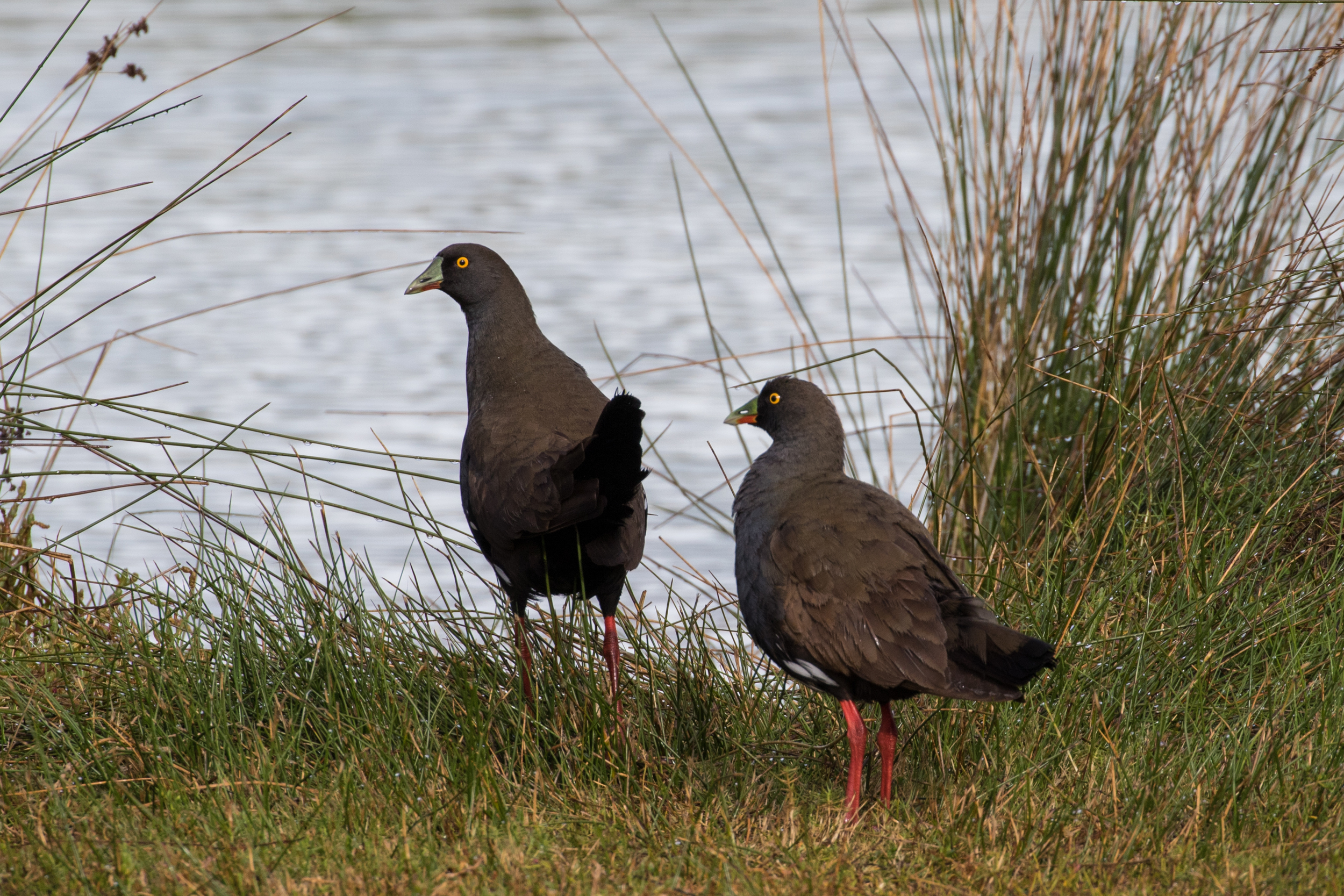
Merilyn and I gave up on the Mallefowl and carried on to Telford Scrub Conservation Park, a nice spot I’d not been before. This is an important island of native vegetation in a large area close to the Vic border that has been taken over for agriculture and pine logging. It is a spot where some of the more eastern species find the limit of their range, just inside SA. A short walk yielded a few Swamp Wallaby, lots of Yellow-faced Honeyeater, Brown Thornbill and Striated Thornbill, a White-throated Treecreeper and Eastern Yellow Robin — an SA tick for me. A deep caw-caw drew our attention to some corvids overhead, and was the first time I was properly aware of having seen Forest Raven (so, technically a lifer, though not one I got overly excited about).
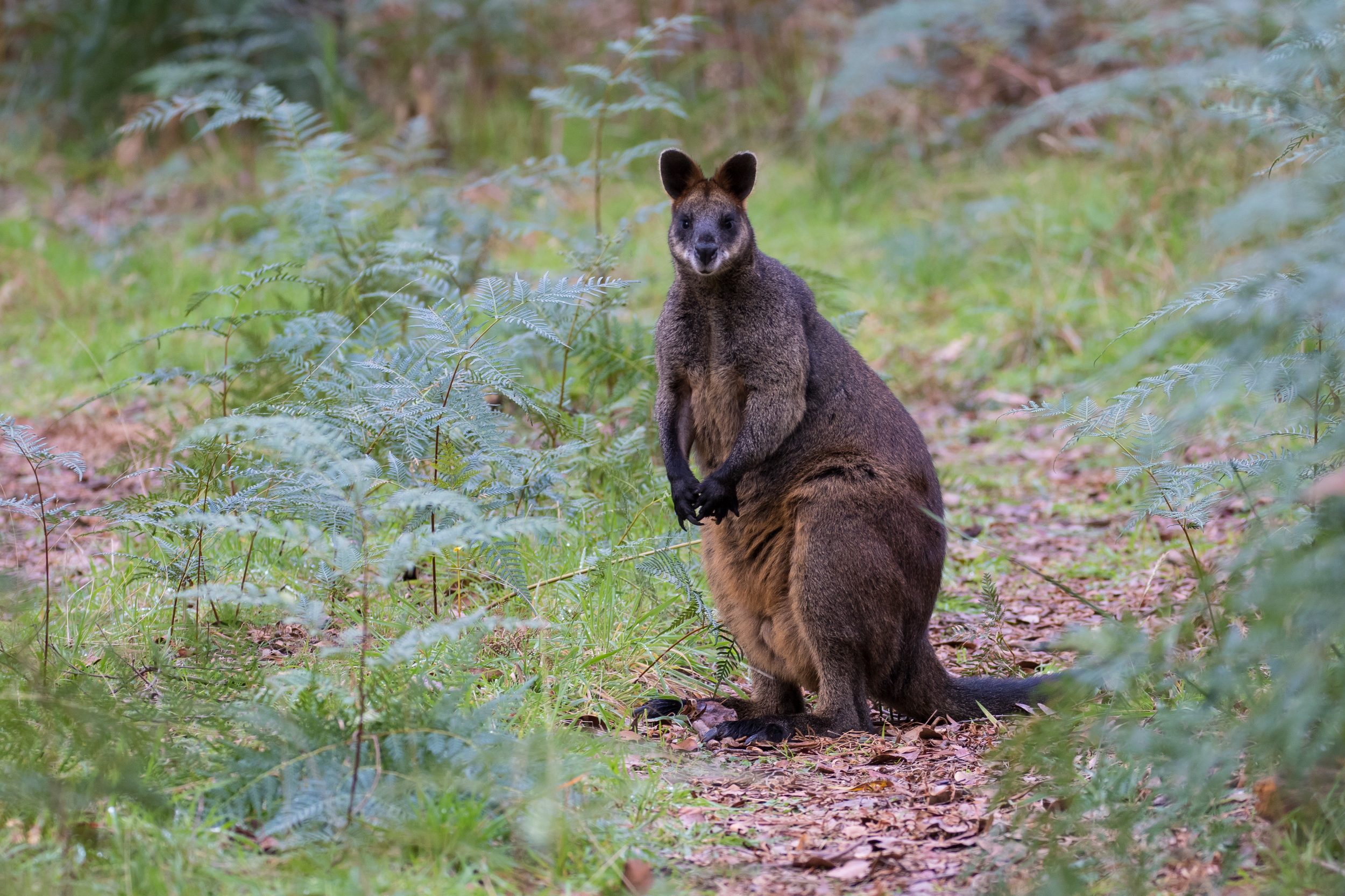
We pootled down to Port Mac and spent the remainder of the daylight scanning the shoreline. It was high tide and there were few obvious roosting spots so we didn’t see much. Highlights were a pair of Black-faced Cormorant, several wintering Double-banded Plover, a flock of Turnstone and 16 Sooty Oystercatcher.
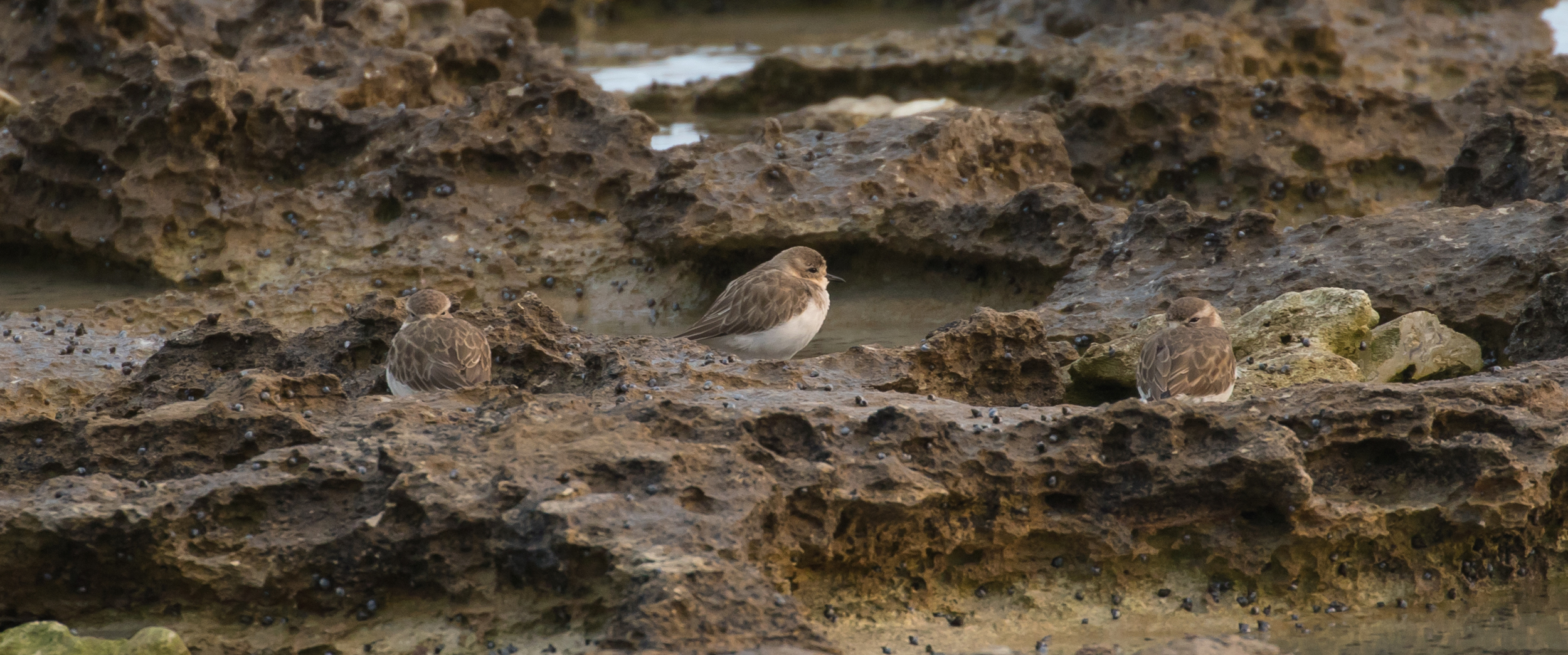
Next morning we set off in The Remarkable at 7am, noting a few White-fronted Tern along with the commoner Crested on the breakwater. The weather was overcast and we would encounter a few drizzly patches and little sunshine during the day, but the wind was fairly light, so the seas were pretty gentle on a 2-3m swell. Pretty soon we had our first Gannets and Short-tailed Shearwaters, and even a few inshore mollymawks. With the boat powering through the water and making viewing through bins almost impossible, a probable whalebird (a non-fairy prion) went by as one that got away.
An hour and half later we slowed down and Stuart Hull berly-man extraordinaire started tossing shark-liver, suet and tuna oil overboard. The next few hours were among the best pelagic birding I have experienced. Though I got no lifers, the numbers of birds were impressive:
- 40+ Great-winged Petrel (nominate race)
- 4-5 Grey-faced Petrel
- 3 Soft-plumaged Petrel
- 50+ Wilson’s Storm-petrel
- 4-5 White-faced Storm-petrel
- 10 Fairy Prion
- 15 Shy Albatross
- 15 Black-browed Albatross
- 15 Campbell Albatross
- 20+ Wandering Albatross (mostly D. gibsoni, but at least one huge imm D. exulans)
- 2 Southern Royal Albatross
- 4 Sooty Albatross
- 1 Buller’s Albatross (sadly a distant fly-by)
Though common I particularly enjoyed the Wilson’s in such numbers, like a cloud of butterflies gently flitting over the water. To think these birds (some say the most numerous species on earth) were once the holy grail of pelagic birding in the UK. Highlight of the day went to the Sooty Albatross, a species I’d only seen once before (May 2014, nearly 3 years ago). The last one to appear was a noticeably paler bird with a very contrasting mantle. I had heart in mouth for a bit until the experienced sea-watchers noted that it didn’t fit for Light-mantled Sooty (Merilyn’s favourite species in the world).





























One potential lifer that I missed was Antarctic Prion, seen by a few late in the day and photographed by Colin. In only discovered this as we were head back to shore, and I have no recollection of it being called. A bit disappointing, but not enough to dampen my spirits.
A quick coffee at Periwinkles Cafe revived us enough for the journey home. A brief stop just south of Bool Lagoon gave me another SA tick, Flame Robin, and thereafter it was straight home on Riddoch and Dukes Hwy.
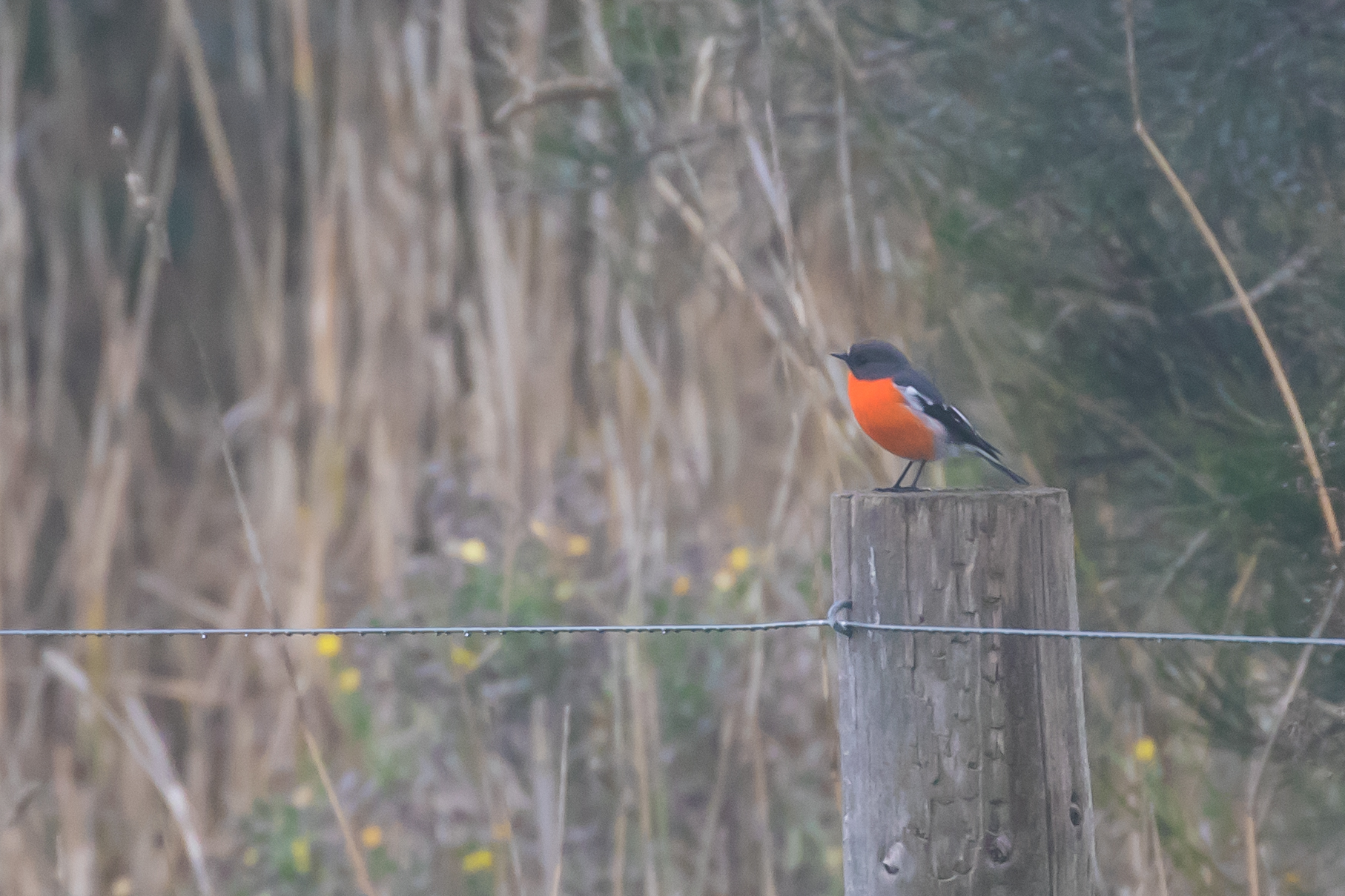

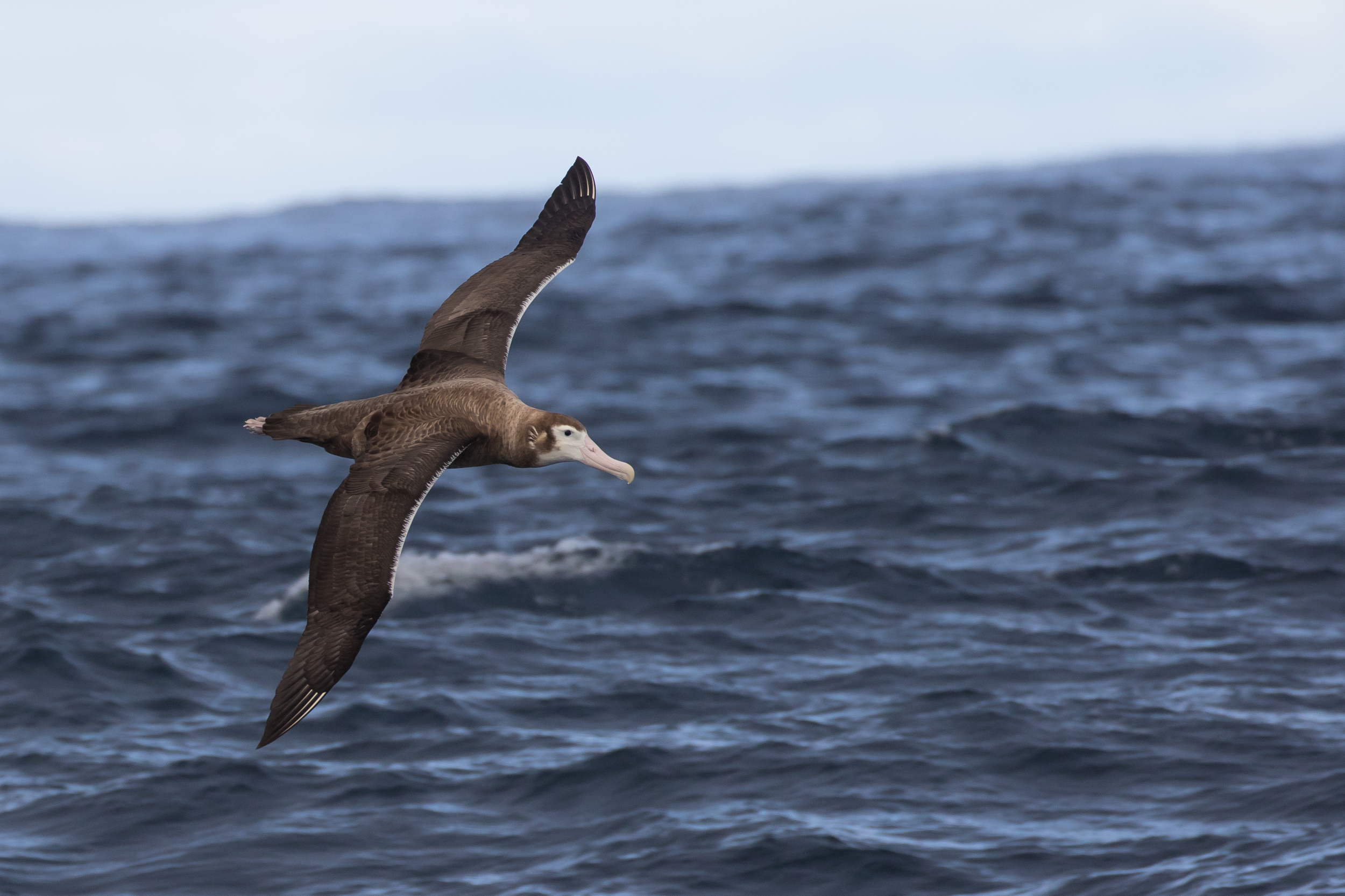
Superb! You get a real sense of being on a pelagic from the pictures, but without the inevitable nausea (at least in my case!).